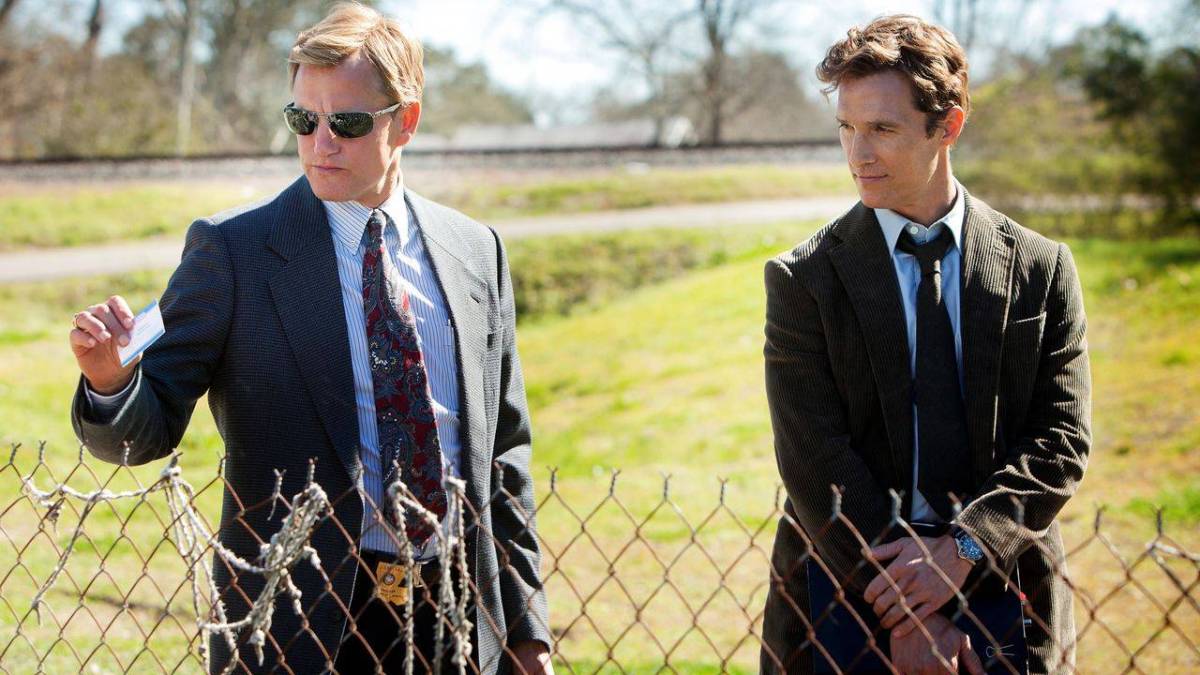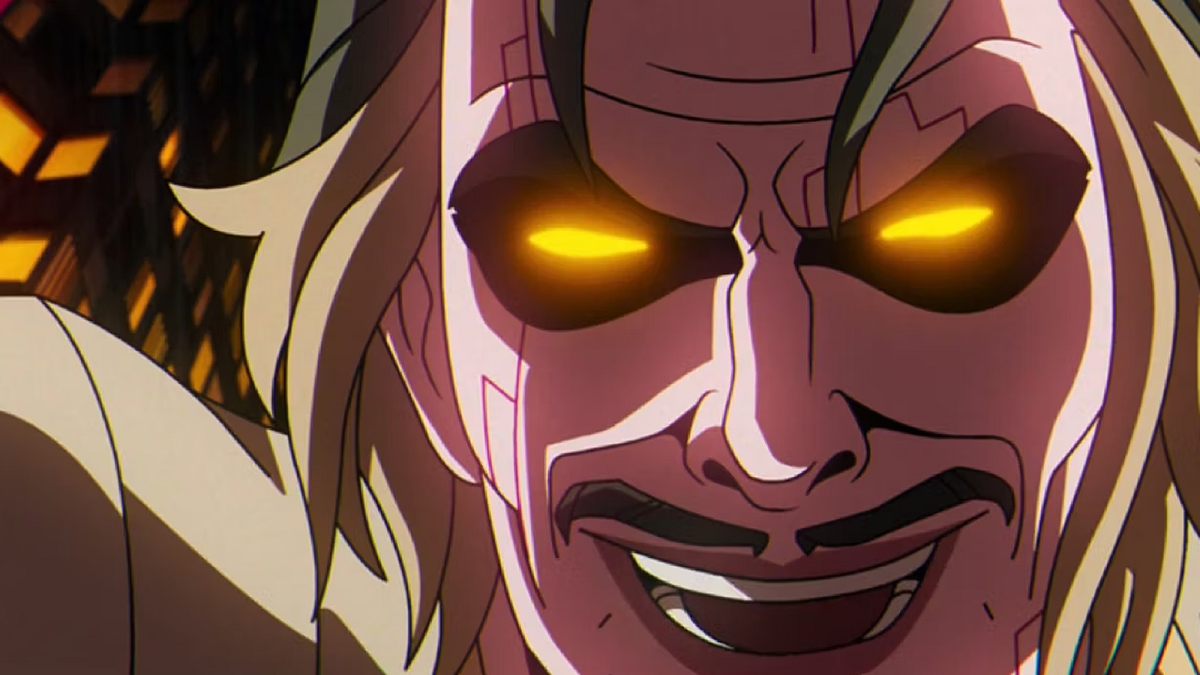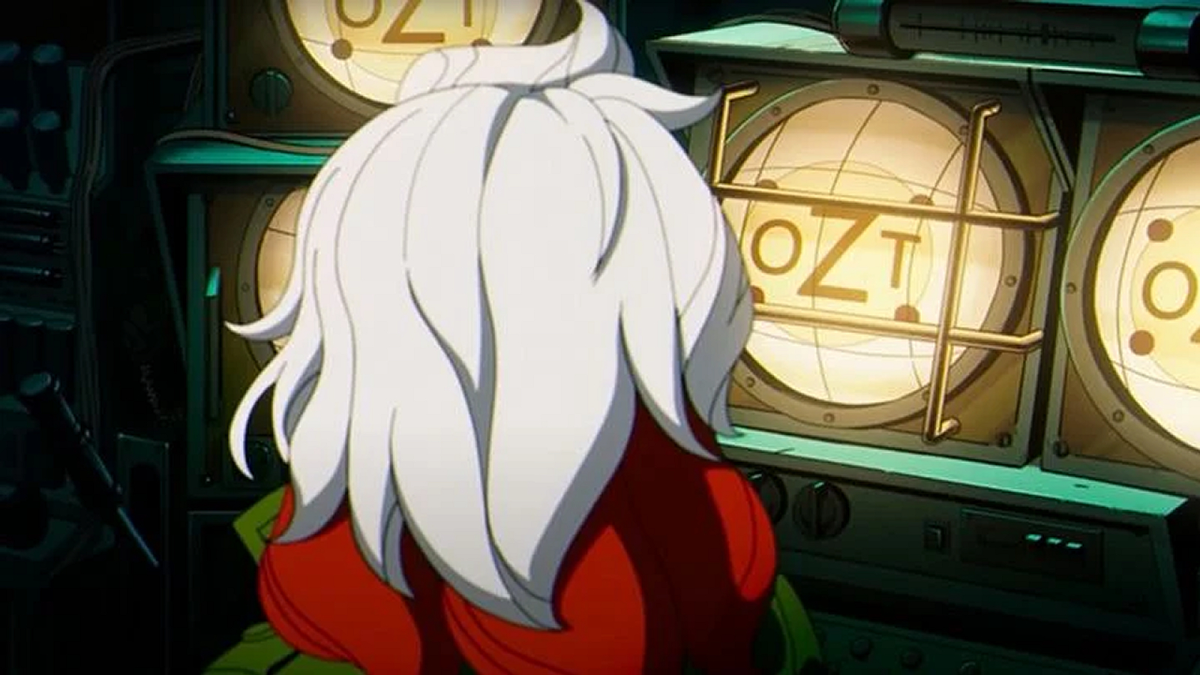While True Detective Season 1 is widely hailed as its best and launched the successful HBO series into the stratosphere, reception remains mixed regarding the finale’s quality. However, while many fans were disappointed by the season finale, it was actually a perfect way to end that story.
The first season of True Detective followed Louisiana police detectives Rust Cohle and Marty Hart investigating the activities of a serial killer spanning 17 years. There is a visible ritualistic element to the murders, from the presentation of the victims to references to a mysterious figure known as the Yellow King and the Proto-Lovecraftian city of Carcosa. Underscoring these cosmic horror elements is Rust occasionally receiving visions of birds flying in strange patterns and spiraling vortices as he and Marty look into the local killings.
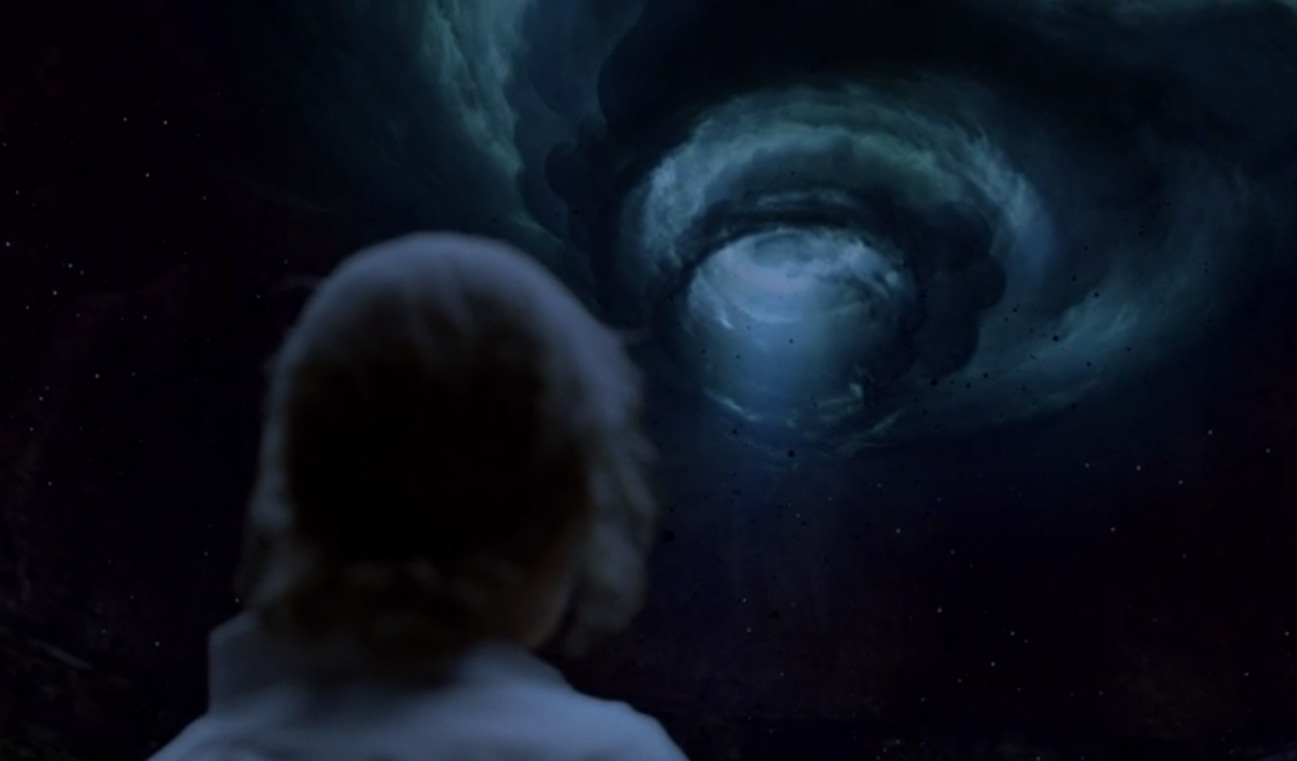
The point of dissatisfaction many have with the season finale is that the story doesn’t ultimately veer headlong into cosmic horror, despite the allusions to the genre throughout the season. The killer may be inspired by ritualistic figures and practices as he carries out his murders, but he’s ultimately just a large, scarred man named Errol Childress who goes down with a bullet to the head. Similarly, his hideout, which he labels Carcosa, though overgrown and labyrinthine, is just a grounded backcountry home in the bayou.
Here’s the thing: The cosmic horror undertones throughout True Detective Season 1 were just that – undertones, ways to uniquely flavor what is, at the end of the day, a relatively grounded serial killer story. Rust is the only character who seems to experience these visions, with him being established early in the story as someone who is always a little left of center with the way he perceives the world and those around him. The Yellow King and Carcosa are fun literary references and inspirations, but nothing Childress does is beyond the realm of grounded possibility.
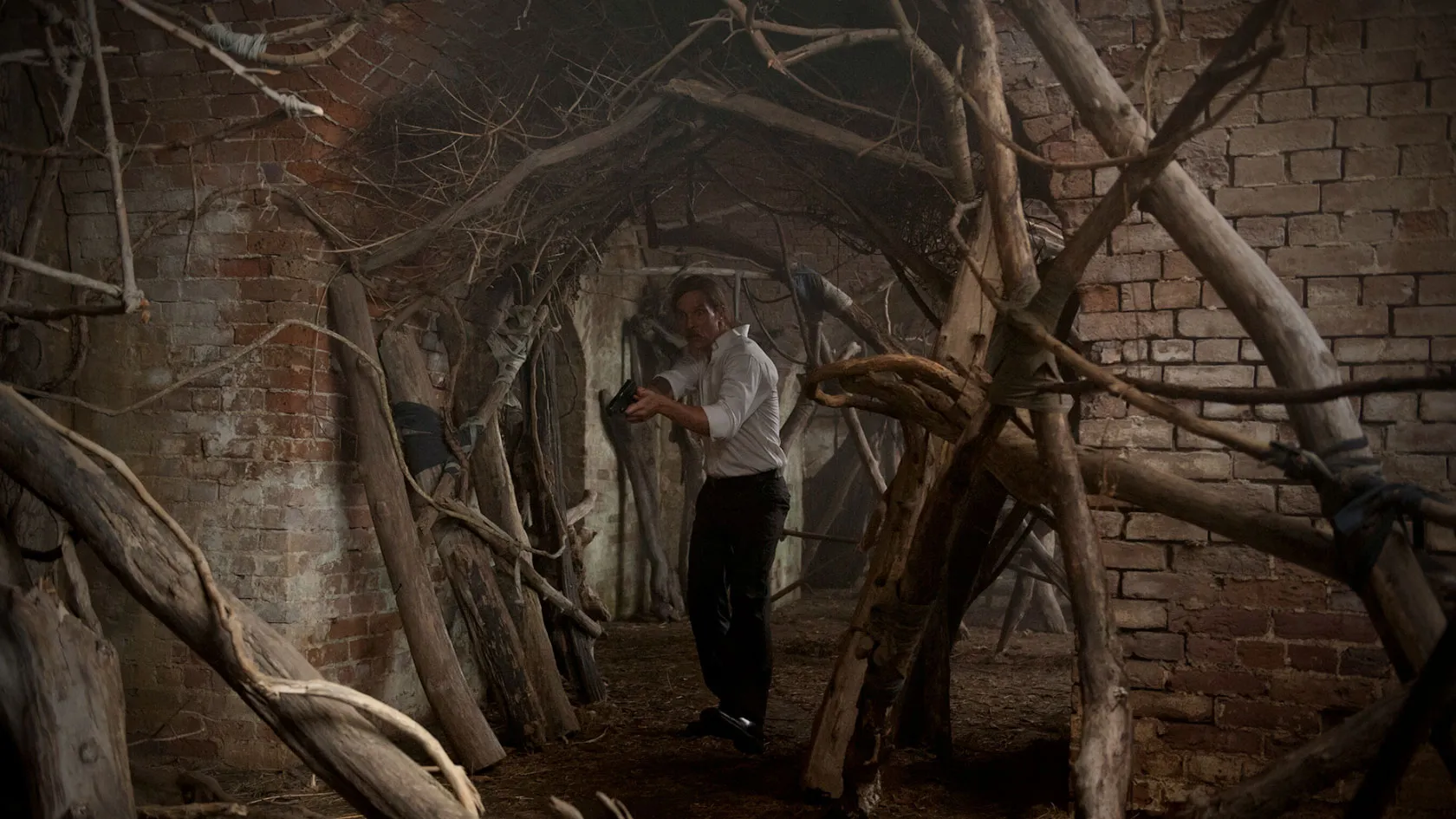
Instead, True Detective Season 1 was really telling the story of how Rust rediscovered humanity’s worth and the importance of hope in the face of constant darkness. At the start of the season, Rust is disenfranchised with the nature of human existence, dismissing sentience as a fluke of evolution, with his nihilism fueled by the tragic loss of his daughter several years prior. By the end of the story, Rust and Marty reconcile just in time to finally solve the mystery behind the string of murders they witnessed on the police force.
The most telling moment in this character arc is when Rust emerges from a coma after his fight with Childress and reveals to Marty that he felt his late daughter and father’s comforting presence. The nihilist and atheist’s near-death experience didn’t quite serve as a religious experience, but it cracked his usual cold facade and helped him reconnect with his own humanity. In the closing scene, Rust looks up at the night sky, not preoccupied by the visions that plagued him while investigating the Carcosa case but realizing that the stars are shining brightly against the darkness.
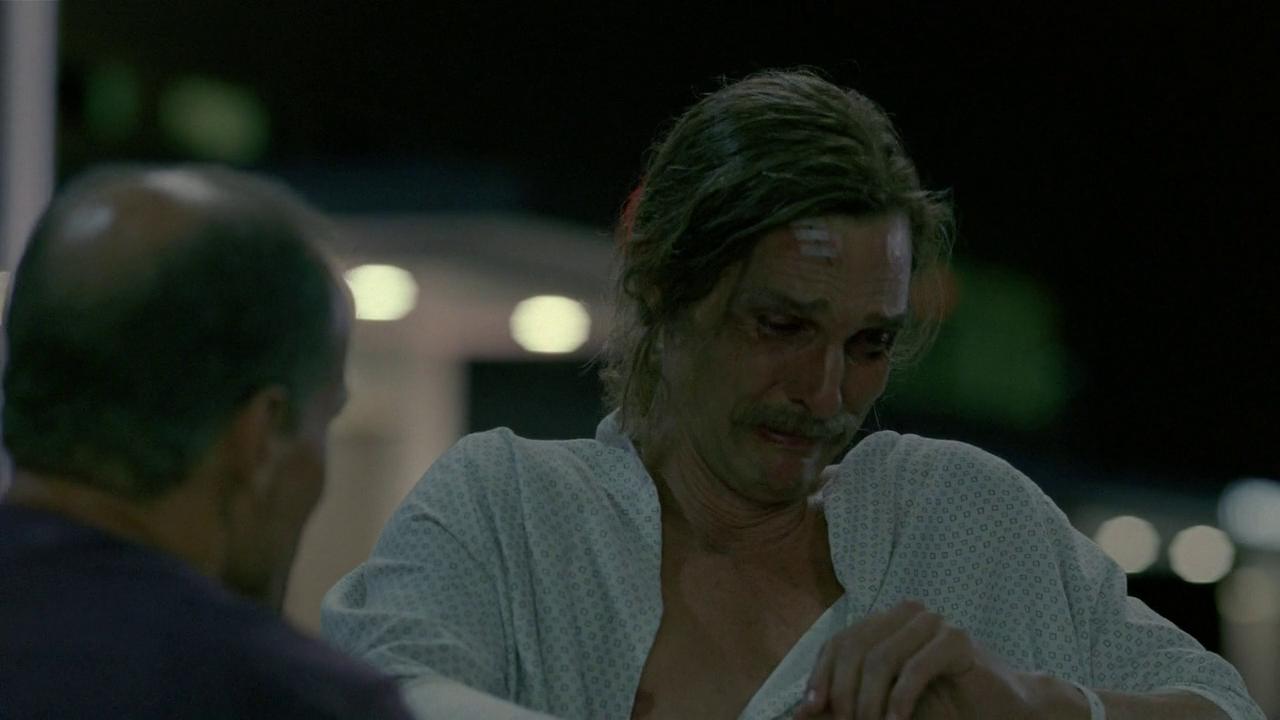
Rust and Marty enter the story as crime procedural archetypes – Marty as the cop who abuses his own power, with this outlook straining his family life, and Rust as the burned-out veteran who’s seen and endured way too much to be considered normal. We arguably spend more time focused on the hang-ups of their personal lives and partnerships than we do with the murder mystery, supernatural undertones or not. By the end, Marty has reached a redemption of sorts with his family, while Rust is the most emotional we’ve ever seen him, no longer the disaffected and quietly cocky amateur philosopher with pithy observations about the human condition.
The glue that held True Detective Season 1 together was the dynamic between Rust and Marty, not the central murder mystery. True Detective works best when it leans into humanistic themes in the face of brutal crimes – that Season 2 is the weakest of the bunch for moving away from this is a direct sign of this correlation. Going full-blown cosmic would be a step too far for the story Season 1 was telling and distract from this existential theme. Getting the bad guy is a nice plus, but Rust and Marty’s real victory was always going to be one of the hearts.

